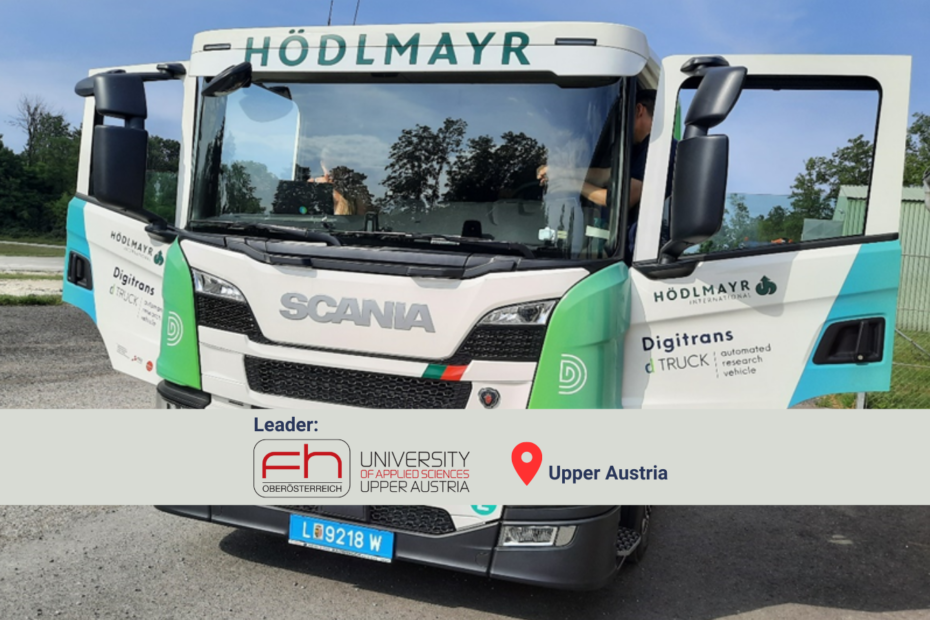We are thrilled to announce that the ESRIUM H2020 project´s test week kicks off on the 31st of July 2023 and will end on the 4th of August 2023 as part of the Proof of Concept and In-Vehicle Validation work package. The User Acceptance Evaluation task is currently underway in Upper Austria, led by the consortium partner the University of Applied Science, Upper Austria.
The user acceptance testing week for our ESRIUM project @DigiTrans testing area will provide deep insights into the potential impact of our developed C-ITS services for traffic management purposes.
Wolfgang Schildorfer
Professor for Transport Logistics and Mobility, Vice-dean for Research @ University of Applied Sciences Upper Austria

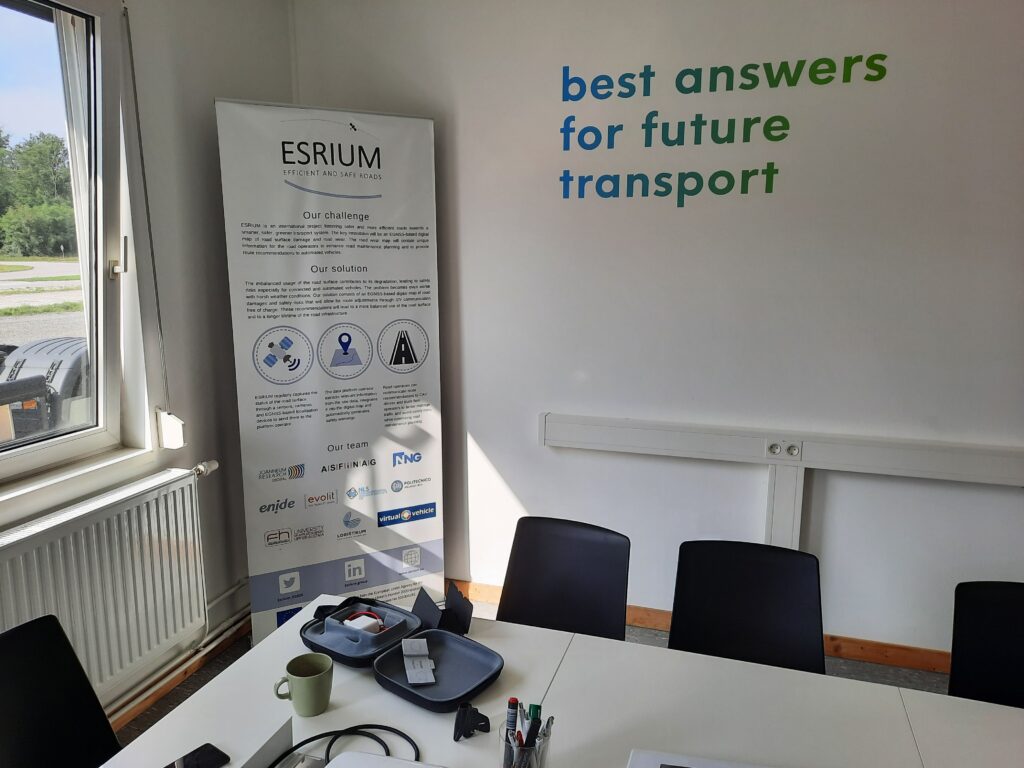
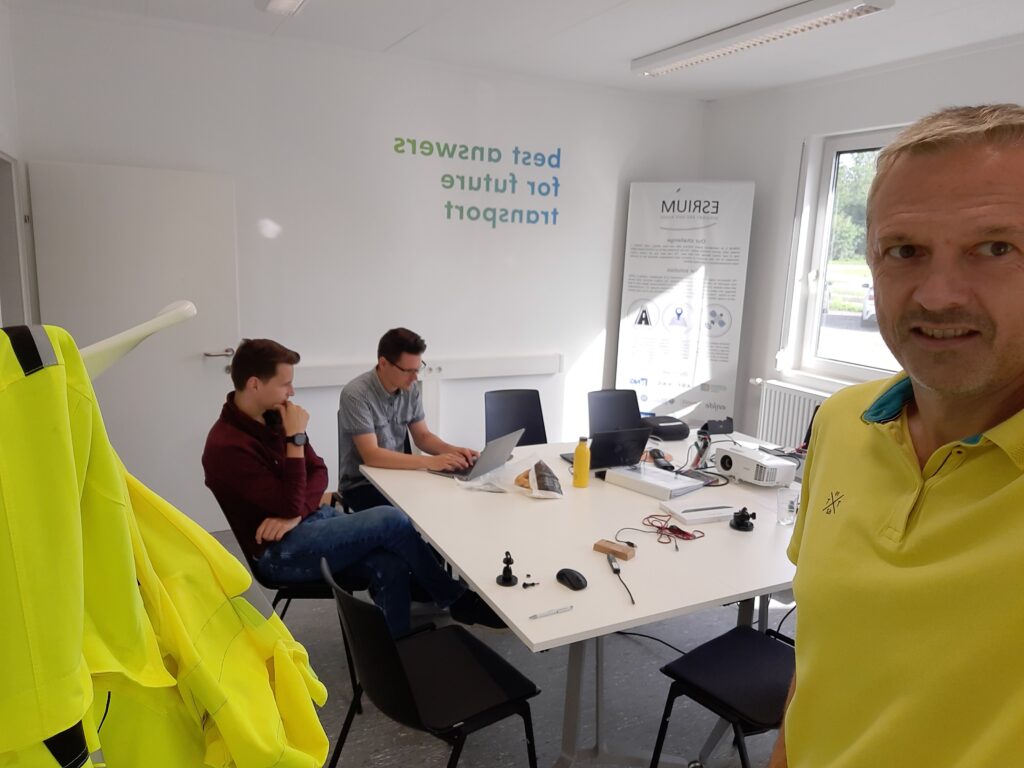
Planned developments
During the test weeks data is being collected for in-vehicle user acceptance measurement among truck drivers. The primary focus of the assessment lies in evaluating the solution’s perceived usefulness and how easy it is for users to utilize it effectively. To assess the ESRIUM services (C-ITS messages), extensive road trials are taking place both at the DigiTrans proving ground in St. Valentin and on public roads. Additionally, interviews are being conducted with professional truck drivers. The fundamental questions to be answered were whether the C-ITS messages are received and transmitted correctly and how these messages are evaluated by the truck driver. Are the messages considered disruptive or helpful? Do road users have the time to implement the system’s recommendations? The goal is to incorporate this user feedback into the next development steps of the prototype.
Simultaneously, user acceptance evaluation for traffic management personnel of road operators will be carried out through interviews and user trials of prototype services. The objective is to incorporate user feedback into the next development steps of the prototype set-up.
A significant part of the user acceptance evaluation task is the test week in Austria, specifically in the DigiTrans testing area. This testing (31/7/2023 – 04/08/2023) week follows the following evaluation approach:
- Test Preparation, including C-ITS plug tests
- Test Runs with the DigiTrans test truck including eye tracking glasses for the drivers’ trucks (5 days)
- On-site Test Data Evaluation
In addition to the testing leading partner, the University of Applied Science, Upper Austria, and the use of DigiTrans‘ vehicle, several other ESRIUM partners play vital roles in this task. ASFINAG significantly contributes by providing C-ITS Messages on their road network. Additionally, Joanneum Research actively participates in the EGNSS preparation. These collaborations ensure a comprehensive and effective testing process, leveraging the expertise and resources of multiple partners to achieve the project’s objectives successfully.
Patrick Luley
Head of DIGITAL TWIN LAB at JOANNEUM RESEARCH Forschungsgesellschaft mbH
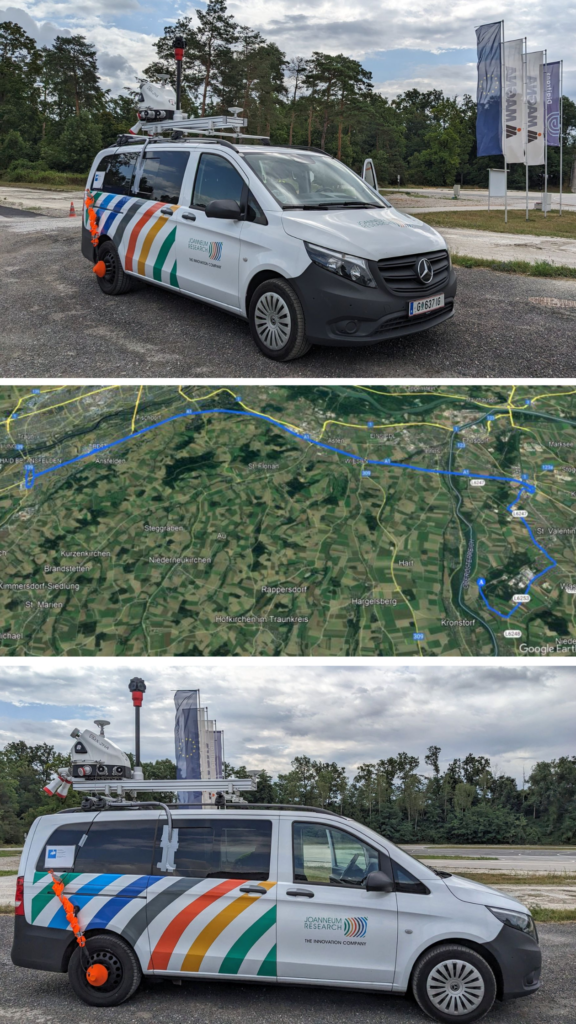
Evaluation Domains in the Assessment Strategy
The evaluation plan involves defining the following evaluation topics:
a. C-ITS Technical Functionality: Ensuring that messages are correctly sent and received on the C-ITS device in the car, including the Human-Machine Interface (HMI).
b. C-ITS Message User Acceptance: Assessing driver acceptance of C-ITS messages, including message sign evaluation. This assessment may involve comparing car data with sent messages and using qualitative research methods (ideally both).
c. C-ITS Impact for the Truck Driver and Company: Investigating the impact of C-ITS on the truck driver and their company, such as potential benefits for positive compliance leading to reduced tolls for ASFINAG.
d. C-ITS Impact on the Road Surface: Evaluating the effect of C-ITS on the road surface.
e. C-ITS Impact on the Road Operator (Traffic Management Personnel): Measuring user acceptance among road operators through qualitative research with interviews.
f. C-ITS Impact on CO2 Emissions: Studying the potential reduction in CO2 emissions resulting from reduced traffic congestion due to improved information and smooth traffic flow.
The data collected during the test week will be subjected to thorough data analysis and impact calculation. This comprehensive evaluation process aims to ensure the success and effectiveness of the C-ITS solution, taking into account user perspectives and various aspects of its implementation.
ESRIUM test week in pictures!
Thank you for keeping a close eye on our updates! We are thrilled to share with you the photo gallery from our test week. Don’t miss out on the results and insights we’ve obtained during this crucial phase of the project. Read all about it in our latest press release, available via the following link: ESRIUM – Download our press releases for free.
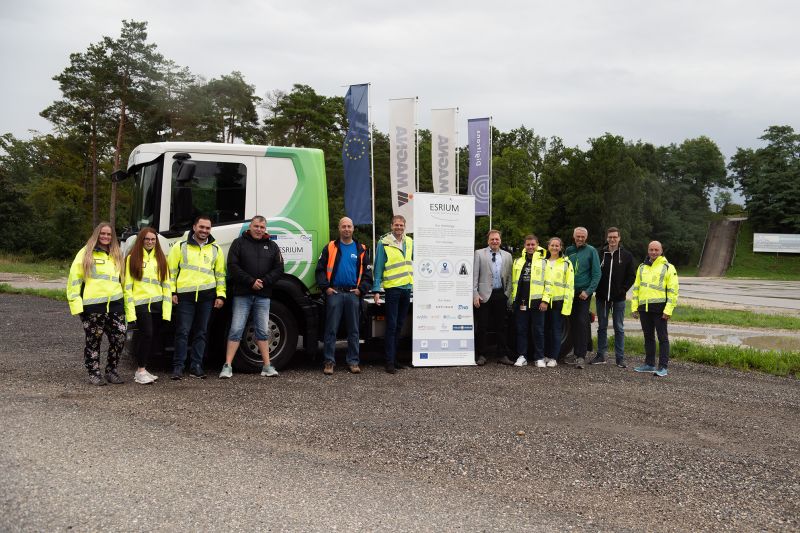
Key findings from the test week:
💠 Advanced Driver Assistance Systems (ADAS) were highly appreciated by truck drivers, demonstrating a preference for their utilization.
💠 The user-friendliness and clear communication of C-ITS messages and pictograms fostered a high level of trustworthiness among the interviewed drivers.
💠 It was fascinating to observe that driver compliance with instructions provided by road operators was context-dependent, underscoring the significance of fine-tuning the next upcoming C-ITS services for seamless integration with existing systems.
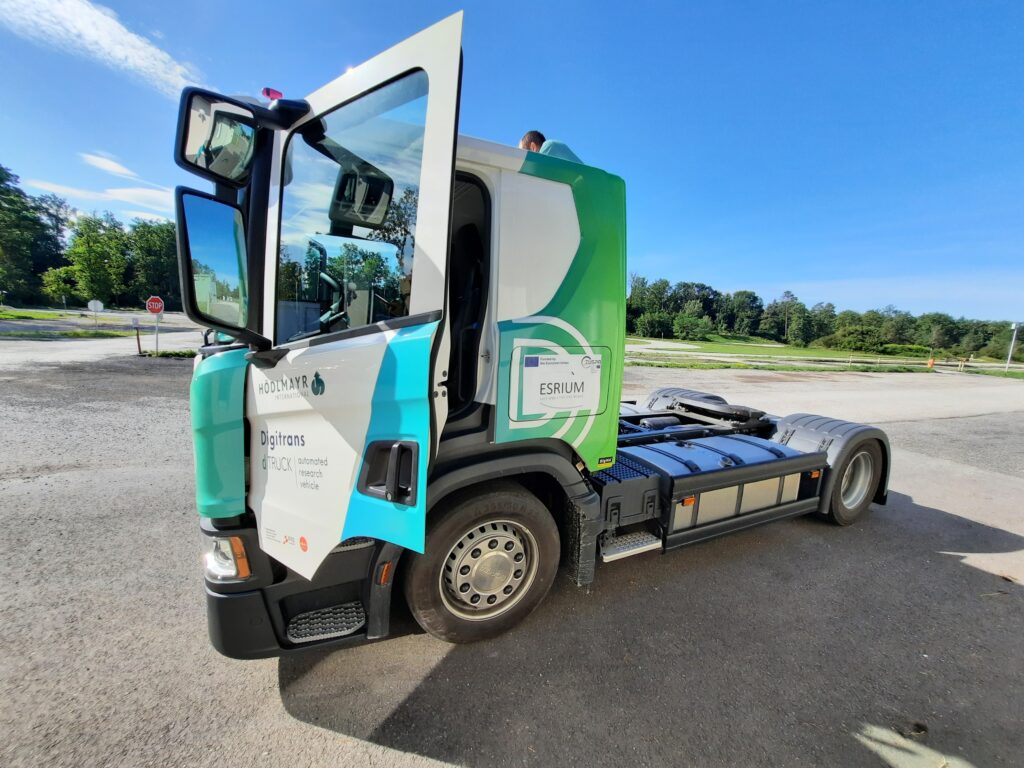
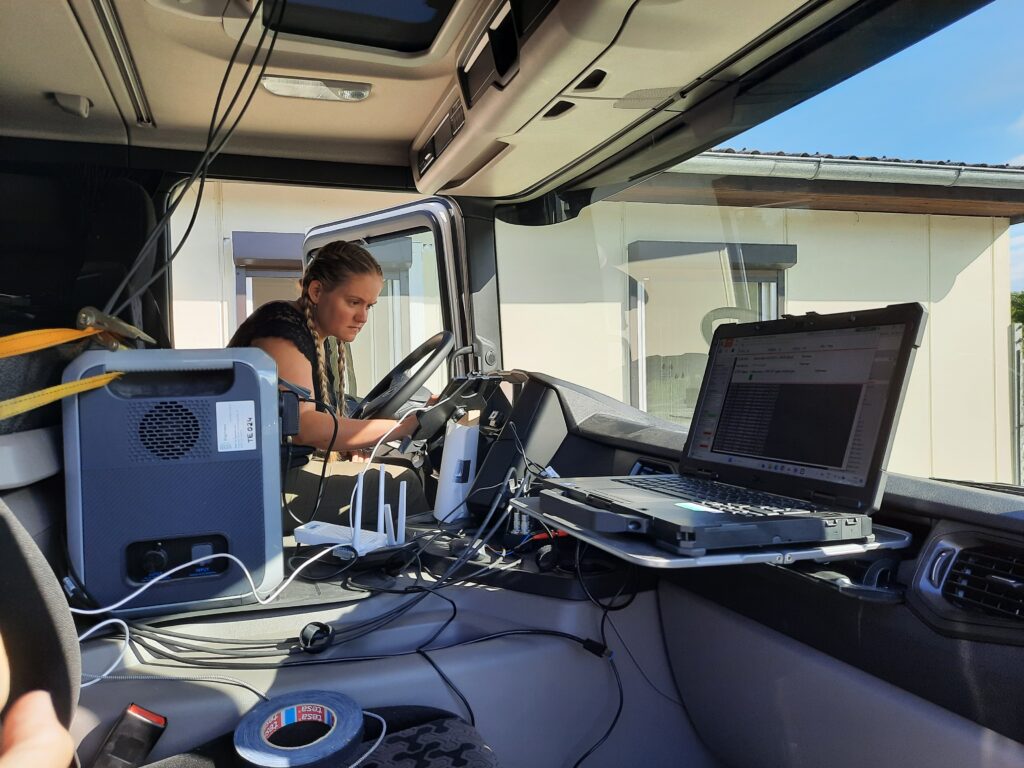
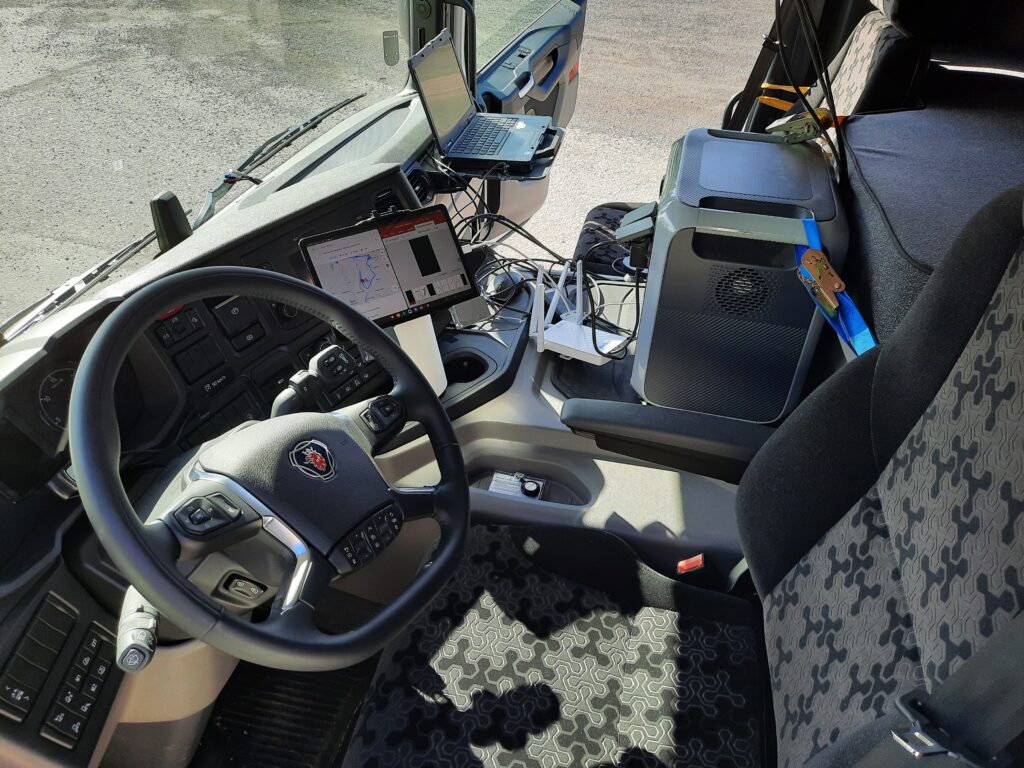
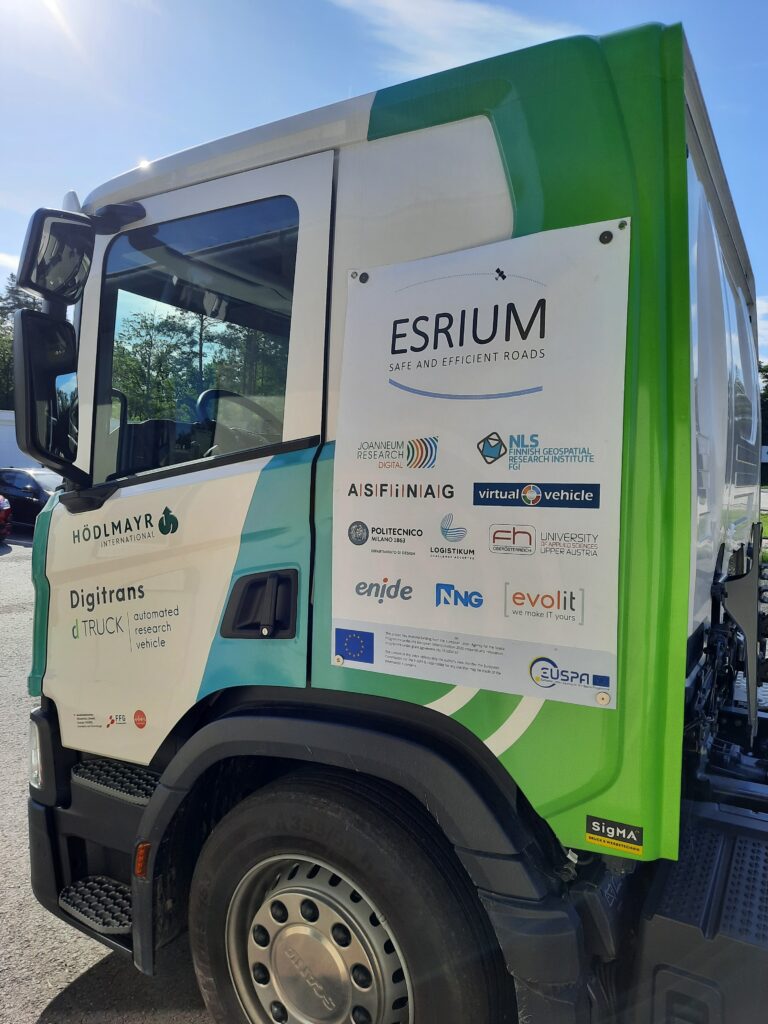
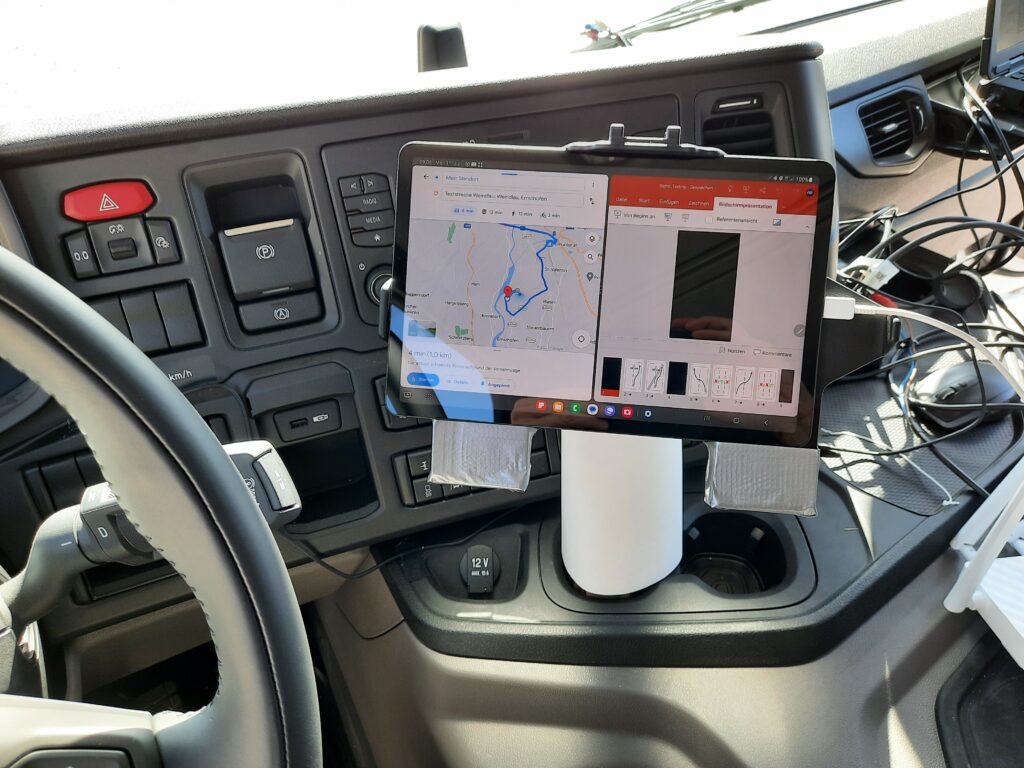
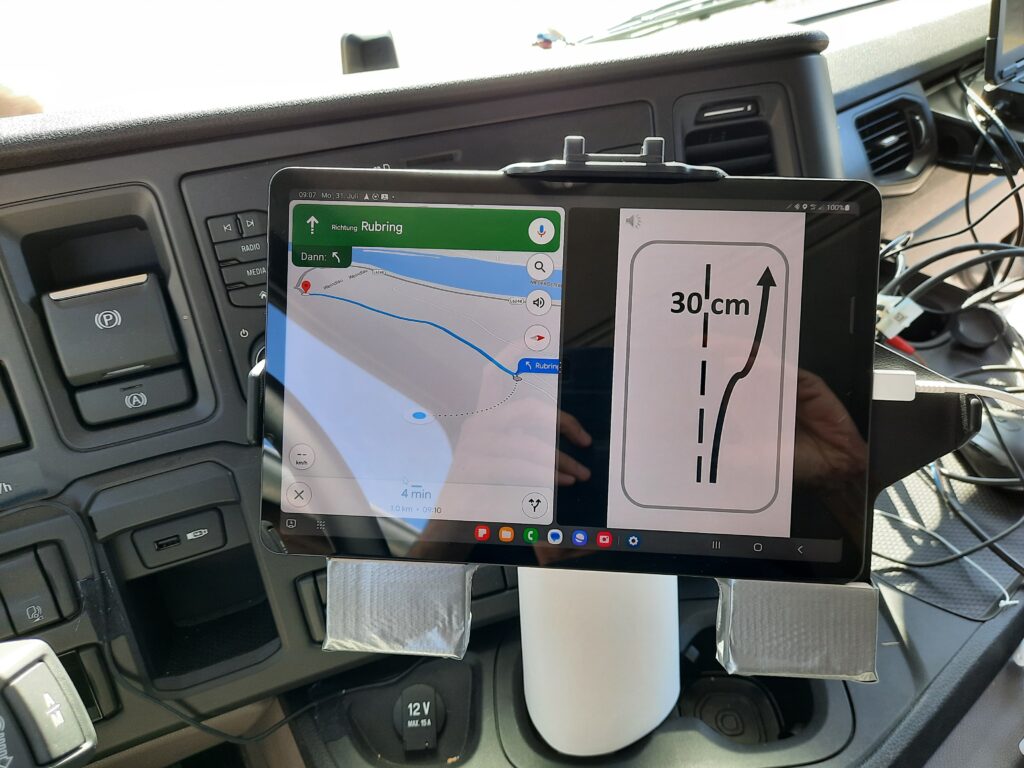
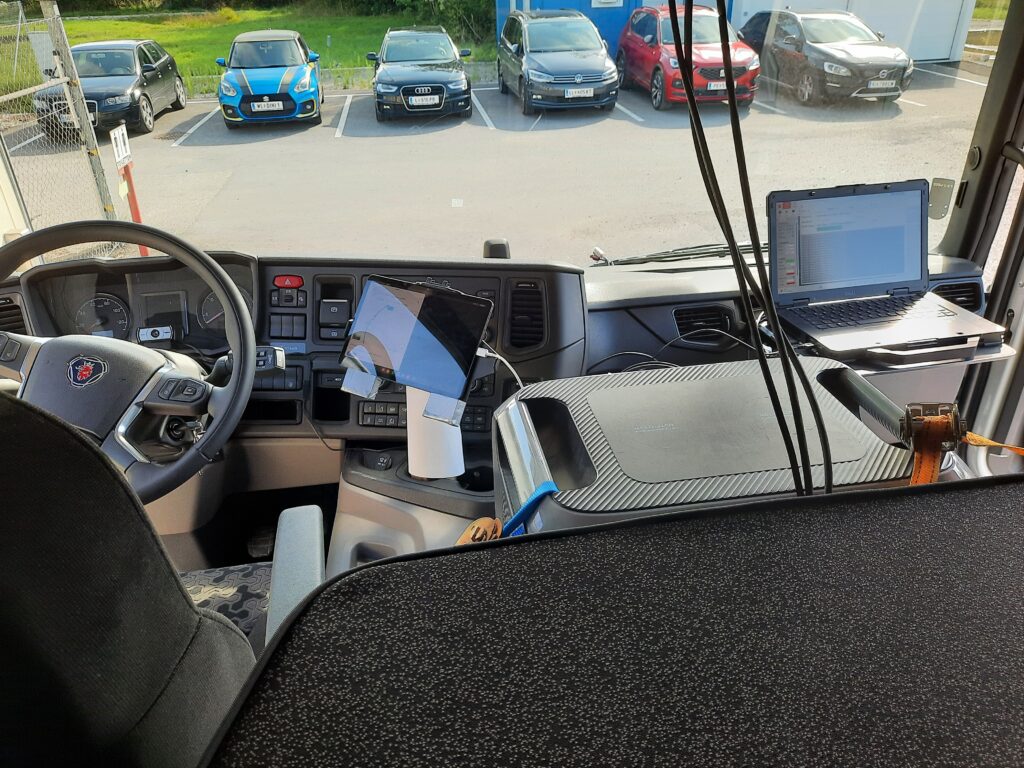
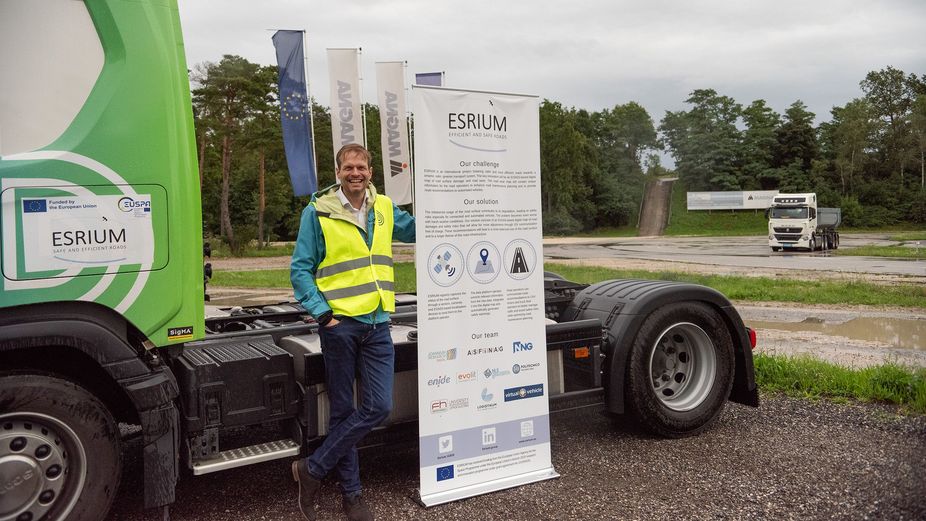
Credit: Matthias Rüther, Institute Director DIGITAL and Project Coordinator ESRIUM, Photo: JOANNEUM RESEARCH/Rindler
About ESRIUM:
The goal of the ESRIUM project is to provide information about road conditions to road users and operators while predicting further damage. In conjunction with high-precision vehicle navigation through the European satellite navigation system GALILEO, it is now possible to navigate around even minor, incipient road damage. This increases the lifespan of the road, delays resource-intensive repairs, and enhances road safety.
The team of DIGITAL researchers developed a sensor platform for detecting road damage. Through satellite-based navigation systems (GNSS), we are able to pinpoint the positions of damage, classify them, and visualize them on a 3D map. In-vehicle C-ITS receiving units, already installed by several manufacturers, can now receive this information while driving and provide recommendations for a safe and resource-efficient driving style to the driver.
